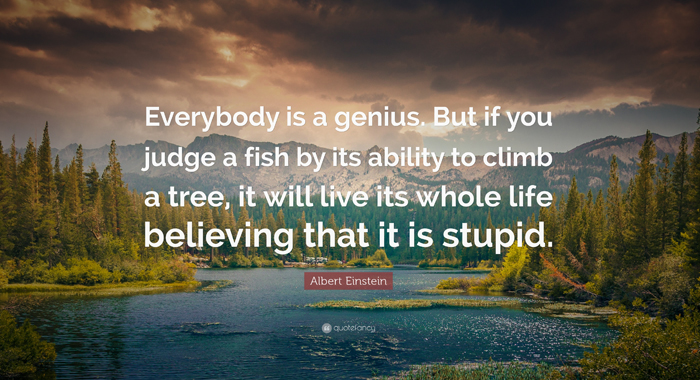
It’s Time To Get Rid Of Ability Grouping
“Every child deserves a champion … an adult who will never give up with them, who understands the power of connection and insists that they become the best that they can possibly be.” – Rita Pierson
Recently I had an opportunity to discuss inclusion in the classroom with teachers. Ever since I can remember schools have leveled kids. This means that schools take all the students with low, medium or high scores in math and reading and stick them together in a classroom. Ability Grouping. It’s no secret that many teachers prefer teaching the higher leveled students. There’s usually more parent involvement and fewer behavior problems. In fact, I’ve subbed at middle schools that have had a difficult time finding and keeping teachers willing to teach the lower leveled classes. By middle school students who have been consistently placed in lower level classes have grown to despise learning and have developed behavior problems that challenge even the most experienced and patient teachers.
It’s sad that after all these years schools are still leveling students. The students get hurt, and the teachers get hurt. Students figure out what class they’ve been placed in as early as elementary school and then their beliefs about themselves follow. Many times as a sub I’ve heard students tell me they’re in the “dumb” class. Afterward, they wish they never uttered a word because I wouldn’t accept such a statement. I’d have to enlighten them with a lecture on multiple intelligences and the famous Albert Einstein quote: “Everybody is a genius. But if you judge a fish by its ability to climb a tree, it will live its whole life believing that it is stupid.”
Many years ago, I was fortunate enough to work for a principal that believed in inclusive classrooms. I had twenty-seven students of varying abilities. Here’s what happened. The students learned to work together. They learned that they all had different strengths. Some excelled in reading, others were extremely athletic, artistic, some played musical instruments, and some were math geniuses. When one student crawled around the room because his medication hadn’t taken effect they didn’t treat him poorly. They watched how I dealt with it, giving him time in a rocking chair with a book until he could join us for the lesson. Later, they stepped in and helped him on his difficult mornings. Was it easy? No! There were days when I worried incessantly, mostly about how some of the kids were going to pass the third-grade reading test. That was back when a failing score meant failing third grade. I felt the pressure! But, when one of my students who had previously failed third grade then was with me for third and fourth scored a 4 out of 6 on his writing test… well, the look on his face was why I became a teacher in the first place. Ten years later I’m still so incredibly proud of him!
During my discussion about inclusive classrooms, I was asked which students I paid the most attention to. Parents of students who excel in school have sometimes voiced concerns about inclusion because they fear their child won’t be challenged. My answer to the question was that I paid the most attention to the students who didn’t have parent involvement or whose parents were going through a difficult time. The students who had attentive parents thrived. They usually were motivated to learn so once they completed the lesson I’d give them freedom to pursue an academic/creative endeavor of their choice. My goal was to instill a love of learning in my students. It was also to create a classroom of kindness and understanding. When students are given the opportunity to have a teacher who believes in them, a class who believes in them, and are made to feel accepted for who they are whether it’s someone who can solve complex equations, draw an exquisite flower, or win a first place ribbon on field day, then they learn that they are not “dumb” they are capable of great things. They learn to live in a world that does not separate, but values everyone.
If you’re a teacher, I recommend watching Rita Pierson’s videos on YouTube. Here’s my favorite, but I also laughed and laughed at Rita Pierson: My Mamma Said!


